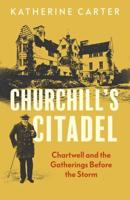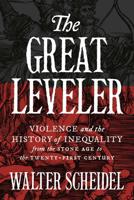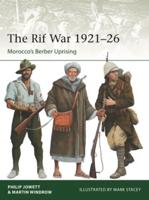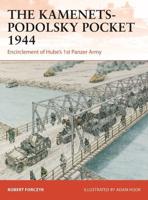Publisher's Synopsis
This historic book may have numerous typos and missing text. Purchasers can download a free scanned copy of the original book (without typos) from the publisher. Not indexed. Not illustrated. 1874 Excerpt: ...as the "double-plate," by two plates, one on each side of a frame. Single-plate carriages have been made of two different patterns, the first, on the same plan as wooden sliding carriages, viz., the brackets connected by a block in front and in rear; the second with the brackets standing upon a plate which united them throughout their length. Of the first pattern " casemate " and "dwarf" carriages were manufactured for the 7" and 9" M.L.R. guns, and of the second pattern "casemate" carriages for the 7," 9," and 12" M.L.R. guns, and also "dwarf" for the 7." In each instance the casemate carriage served for sea service, but with fittings more or less different to the fittings for land service. In the following table the patterns of each nature are not shown Table, separately, as in weight they are almost identical. Pattern I. Single-flate Carriages. Before many of these carriages were issued they were found to be Pattern I. insufficiently rigid in construction, and therefore the remainder before Single-plate issue were strengthened, some minor improvements being at the same carriages. time made in the gear connected with them. Such strengthened carriages will be noticed further on under the head of "Pattern I. strengthened." All Pattern I. carriages for land service were fitted with the compressor, known as the ' American, " to check the recoil. The 7" M.L.R. Casemate Gun Carriage. The principal parts of the carriage are the brackets, front block, rear 7" M.L.R. block, and transom. casemate car Each bracket is formed of a frame of angle iron in two parts, TMBe strengthened by a diagonal stay of tee iron. On the outside of the Construction. frame a plate of...



